
50 Things You Probably Didn’t Know About Poop
50 Essential Poop Facts That Your Mum Never Told You.
Interesting Poop Facts
Fact 1: The normal human stool is 75% water. The other 25% is made up of dead and alive bacteria, indigestible fibre, fat, protein, dead cells and mucus.
Fact 2: The average weight of stool excreted a day is 450 grams.
Fact 3: Stool contains between 150 to 500 different types of bacteria.
Fact 4: The trick to flush away greasy, floating stool, is to add additional water to your toilet tank, then flush it down with more force.
Fact 5: The smell of books makes some people have a need to poop. The Mariko Aoki phenomenon consists of the urge to defecate while visiting a bookstore. Originating in Japan, it is named after the woman who first publicised such an urge.

Fact 6: Your gastrointestinal tract is lined with the same serotonin receptors as your brain. And when you’re stressed out, that’s manifested in your guts and might make it hard for you to go.
Fact 7: There are four bags of astronaut poop on the moon, left behind by Neil Armstrong on his Apollo mission to the moon.
Fact 8: When you see a shooting star, it may actually be some astronaut poop. When you’re in space, your poop gets stored in a bag. Astronauts put all the bags into an unmanned supply ship, undock it, and it burns up in the atmosphere.

Fact 9: In certain professional, constipation is an occupational hazard. Most common among the delivery men and taxi drivers, the inability to have regular bowel movements is the result of years of having to “hold it in”. The retention of stool leads to gradual stretching of the rectum and disrupts the normal reflex that triggers the urge to defecate.
Fact 10: Paula Radcliffe, the winner of the 2005 London Marathon, took a shit on the side of the road in full view of spectators and cameras.
Fact 11: In competitive sports such as wrestling and bodybuilding, athletes use laxative medicines to shed pounds rapidly, so as to allow the athlete to compete in a lower weight class. These medicines can cause large quantities of fecal material and water to be excreted, resulting in 1-2 pounds of rapid weight loss.

Fact 12: Orlistat is a drug designed to treat obesity. It is used to aid in weight loss, or to help reduce the risk of regaining weight already lost. It works by inhibiting the activity of pancreatic lipase, an enzyme which digests dietary fats, thereby reducing our caloric intake. The undigested fat is then excreted in the form of yellow, oily and loose stools that float on the toilet surface.
Fact 13: Anal itching can be caused by the irritation of continuous moisture in the anus from frequent liquid stools, diarrhoea, or escape of small amounts of stool (incontinence). Moisture increases the possibility of infections of the anus, especially yeast infection, particularly in patients with diabetes or HIV.
Fact 14: Anal itching caused by pinworm infection (species: enterobius vermicularis), is especially bad at night. Female pinworms emerge from the anal canal to lay tens of thousands of eggs around the anus. Both the migrating females and the clumps of eggs cause severe irritation, hence causing the sufferer to scratch at the itch.
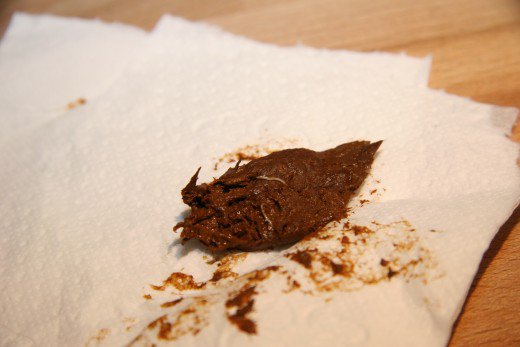
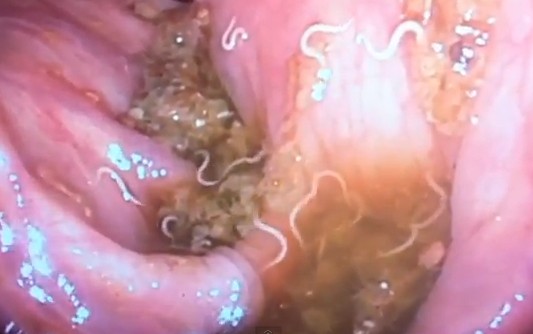
Pooping & Farting
Fact 15: Your colon is filled with bacteria that release gas as a byproduct of digesting the food you eat. Your body absorbs some of it into the bloodstream, which you breathe out through your lungs, and expels the rest out of your other end. It’s normal to pass gas anywhere from 10 to 18 times a day, according to the American College of Gastroenterology.
Fact 16: Infants normally have explosive liquid bowel movements in their first few months. This because their stools are expelled simultaneously with gas.
Fact 17: The reason why some poops float is because they have a lot of gas in them. Rather than coming out as flatulence, the gas gets stuck in the poop and forces it to the surface of the water.
Fact 18: Do you know that fructose intolerance may cause bloating, flatulence and diarrhoea? And usually the culprits are sodas with high-fructose corn syrup levels. Unabsorbed fructose doesn’t exit your system gracefully. On its way out, it stops in your colon, where bacteria ferment the fructose, producing methane, hydrogen, and carbon dioxide gases as by-products. These gases can also cause tremendous discomfort, bloating, and diarrhoea.

Studies About Poop
Fact 19: Studies suggest that the more time you spend in the bathroom (reading), the more likely you are to develop haemorrhoids, or swollen blood vessels in and around the anus. Meaning, the longer you stay in the bathroom trying to let go, the more pressure and stress you exert down there. Sitting for too long on the toilet can also restrict blood flow around the anal area, which can make haemorrhoids worse.
Fact 20: Studies have shown that if you tweak the kind of bacteria in your gut it can change your outlook. In rodents this was tested when beneficial bacteria was added and the rodents became more bold and confident, whereas negative bacteria caused the rodents to become more anxious — leading researchers to believe that our gut communicates to our brain at very important levels.
Fact 21: The study of coprolites, of fossilised poop, is widely used by paleontologists to understand the dietary habits of dinosaurs. The largest dinosaur poop ever excavated was found in Canada, measuring 25.5 inches.
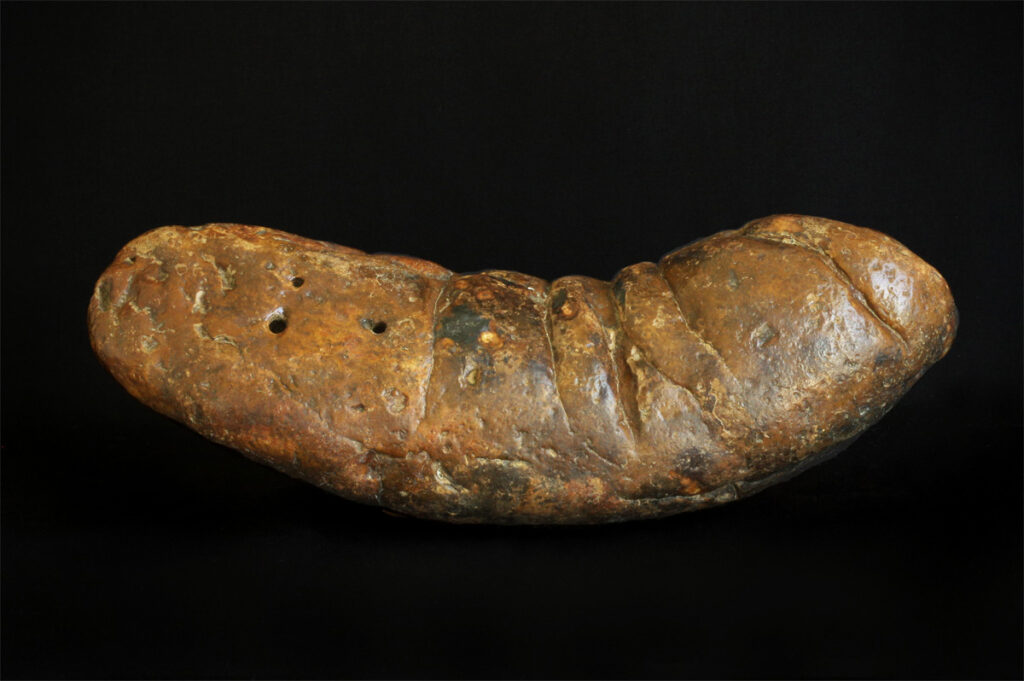
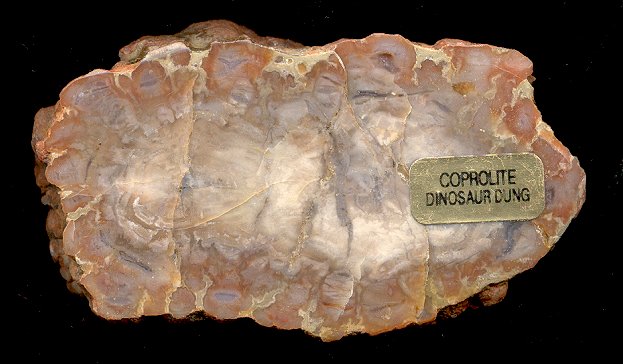
Fact 22: Venezuelan researchers have bio-engineered beans that cause less flatulence. By mixing beans with 2 species of bacteria, they found that rats had 88% less raffinose, a gas-forming compound.
Fact 23: Scientists can extract DNA from wild animal droppings to study population genetics, follow animal migrations, and plan conservation strategies.
Fact 24: Scientist have detected E.Coli, a bacterium commonly found in poo during random testing of household toothbrushes! Such contamination happens when airborne bacteria land on the nearby toothbrush when toilet flushing takes place.
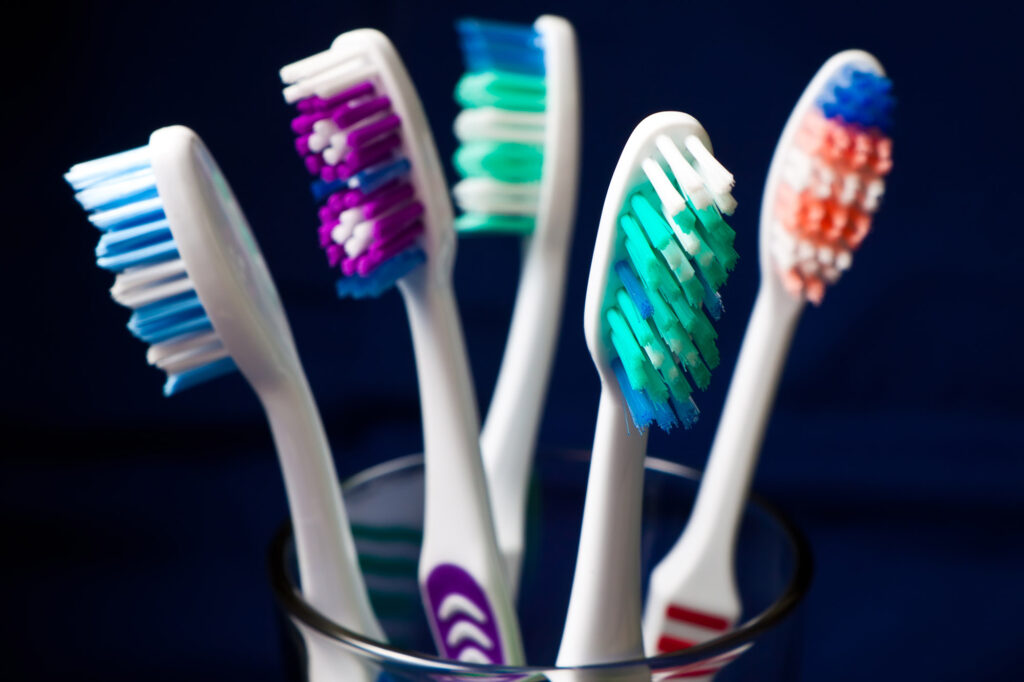
Fact 25: After analysing water in holy springs and fonts in Vienna, Austrian researchers discovered that 86 percent of the water samples contained fecal matter, and every millilitre of holy water contained up to 62 million bacteria, none of it safe to drink.
Fact 26: Studies show that the amount of stool expelled per day varies from country to country. Eg. South Asians excrete nearly 3 times as much stool as their British counterparts. This difference is largely due to the higher fibre content in the average Indian diet.
Fact 27: Research shows that the modern method of sitting and pooping as opposed to the traditional squatting position can actually lead to pelvic and colon diseases such as diverticulitis (a situation in which poop gets trapped in colon), constipation, haemorrhoids etc.
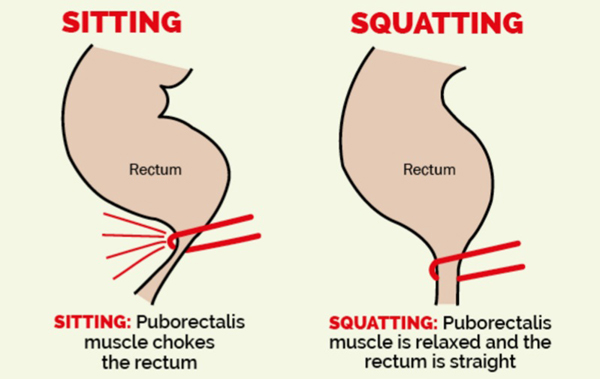
Ancient Poop
Fact 28: Ancient Egyptian tombs had special toilet chambers for the pharaohs to use on their way to the afterlife.
Fact 29: Ancient Egyptians used pessary made of dried crocodile dung as a form of contraception.
Fact 30: Egyptians believed that all diseases were caused by an excess of food, and use enemas to cleanse the system.
Fact 31: In pre-revolutionary France, enemas were used to cure a variety of illnesses, and were even performed on a daily basis after dinner.
Fact 32: In 1961, the Italian artist Piero Manzoni filled 90 tin cans with his faeces, labeled it “Artist’s Shit” and sold them according to their equivalent weight in gold. Many of the cans have since exploded due to decomposition producing gas inside the sealed tins. Apparently this makes the price of the remaining cans go up because they are rarer, so it’s worth way more than its weight in gold now!
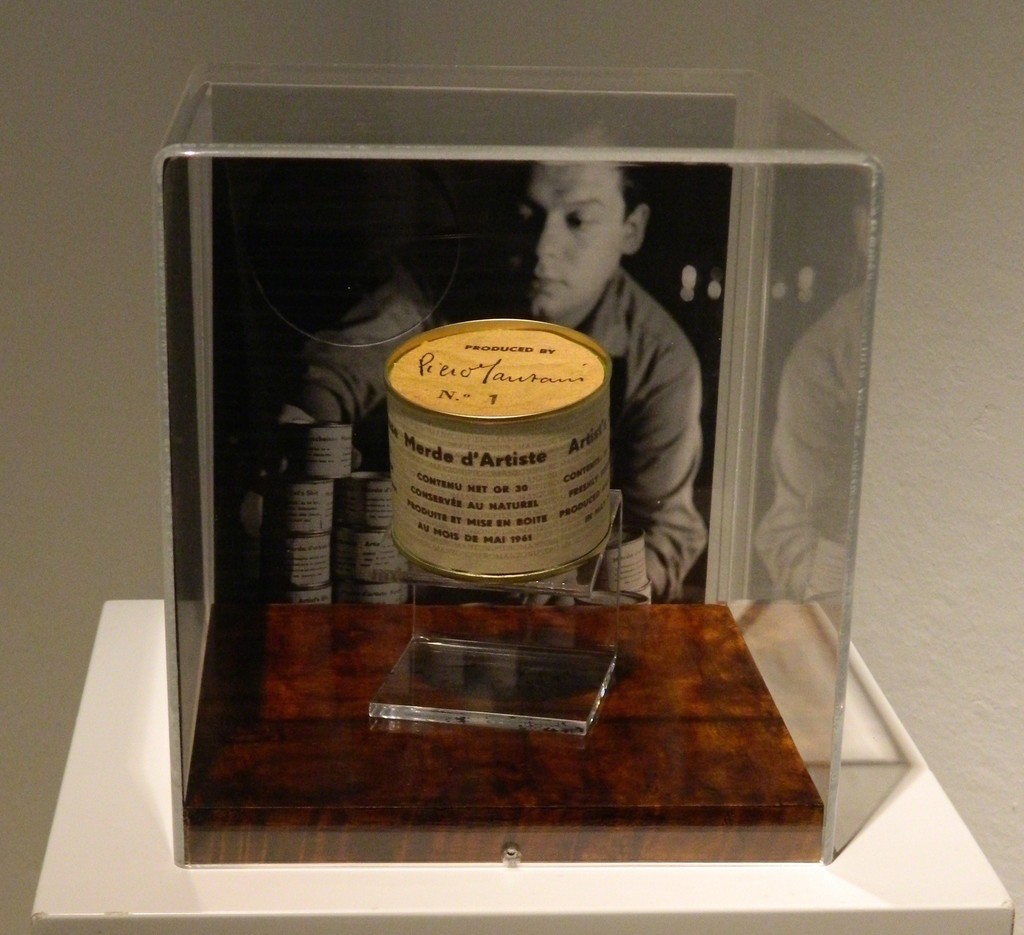
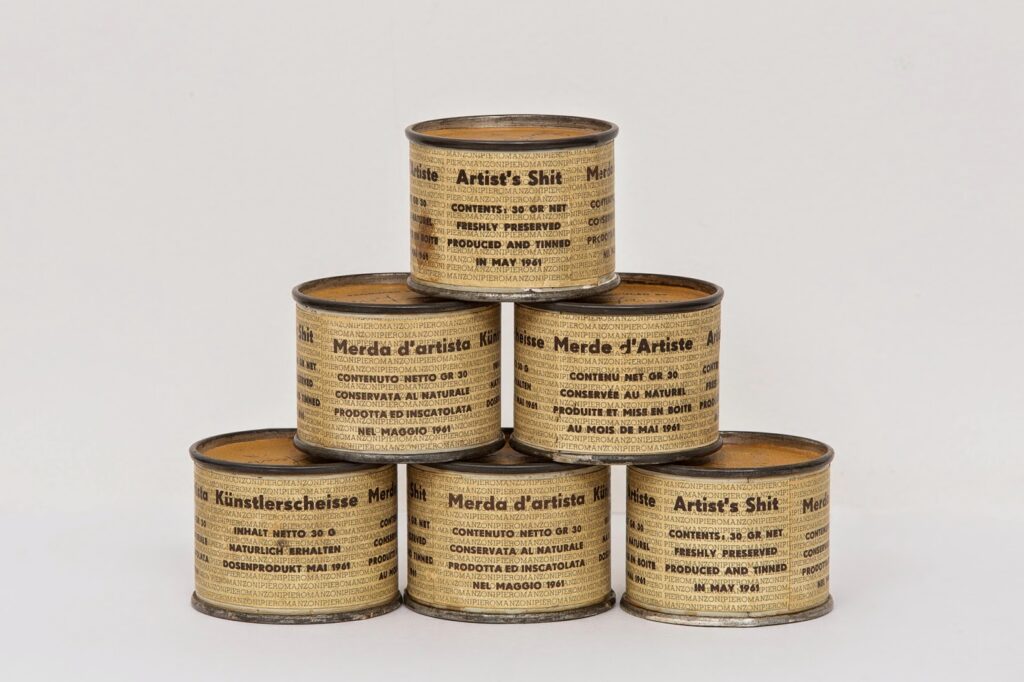
Food & Poop
Fact 33: Yogurt consumption can help with mild diarrhoea caused by antibiotics. Yogurt contains active bacterial cultures that help to repopulate the gastrointestinal tract with colon-friendly organisms that may have been wiped out by high-powered antibiotics.
Fact 34: Humans lack the enzymes necessary to digest cellulose, the main constituent in high-fibre foods. Cows are able to digest the cellulose found in plant cell walls by utilising enzymes produced by bacterial residing in their intestines.
Fact 35: While soluble fibre found in foods such as beans, nuts and carrots forms a gel-like substance when mixed with our stomach secretions, insoluble fibre contained in corn, celery or oat bran passes through the gastrointestinal tract largely unchanged. However consumption of high fibre foods can help soften our stool.
Fact 36: Caffeine works as a laxative by increasing the colon’s contractions. Hence many people drink coffee in the morning before their morning ritual poo.
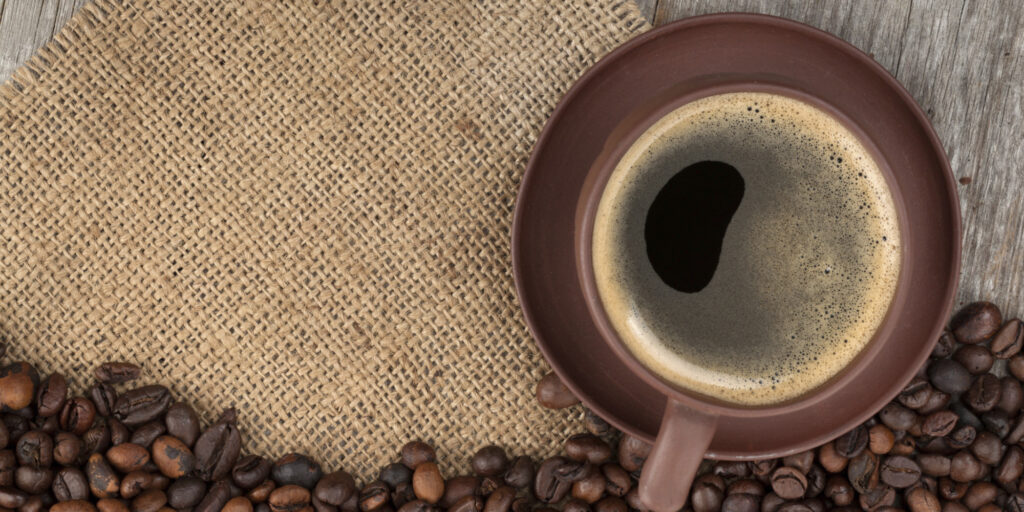
Fact 37: What causes the crowded toilets just after lunchtime? Postprandial poo is caused by the gastrocolic reflex, where distension of the stomach by meal contents causes a reflex simulation of the intestines, moving stool into the rectum and giving us the urge to move our bowels.
Fact 38: Do you know you can actually check how long your digestive system takes to digest your meal? Simply by eating a bowlful of corn (insoluble fibre-rich food), and time how long it takes for you to poo out the corn kernels!
Fact 39: Many sugar-free chewing gums contain a sweetener called sorbitol. It is a laxative which is poorly absorbed by the small intestines, and thus passes through our colon giving 2 main effects: First, it produces gas after being fermented by bacteria, thus causing bloating and cramping. Second, by sucking water into the intestinal tract, diarrhoea results.
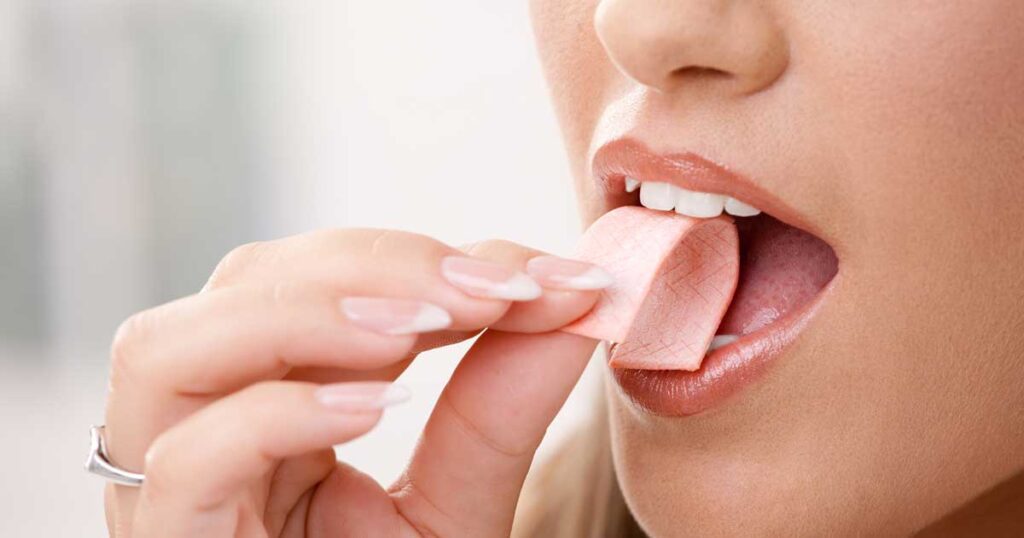
Poop Colour
Fact 40: Poop color has a lot to tell about your physical health. The ideal poop colour should be brown. This brown colour comes from bile which is secreted from liver and aids in digestion. Dr. Bernard Aserkoff – a GI specialist from Boston’s Massachusetts General Hospital says that the food we eat takes 3 days to end up as poop. During this time, the green bile does its job and creates the brown poop.
Fact 41: Black colour poop may be a result of internal bleeding due to cancer or ulcer. Black poop is usually very stinky and also pretty sticky.
Fact 42: Just because the poop turned out to be black doesn’t necessarily mean a serious health condition. It can be due to iron supplements or black licorice, or an outcome of medications consisting of bismuth subsalicylate.
Fact 43: Grey or clay colour poop can indicate trouble. It can indicate a liver disease or some kind blockage preventing proper bile flow.
Useful Poop
Fact 44: In 2014, the UK launched its first poo bus: a bus run by human and food waste. One tank of gas is made from roughly five people’s waste.

Fact 45: 3 billion people around the world still rely on charcoal and dung to cook their food.
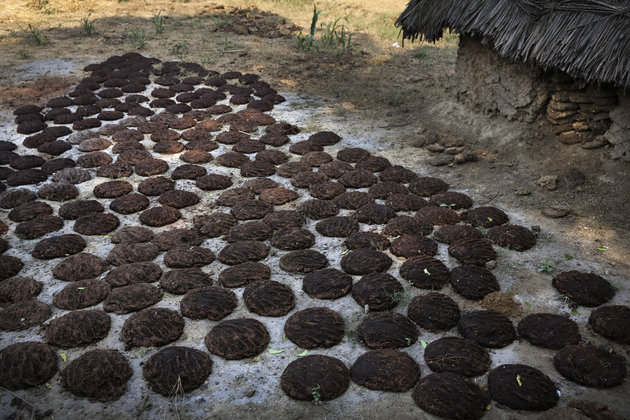
Fact 46: In the Wild West, settlers burned dried buffalo dung to keep warm.
Fact 47: While the ideal poop is soft and moist, it is the constipated rock-hard stool that is most useful for energy production. Desiccated poop is more efficient due to its lower water content, thereby decreasing the energy needed to extract water prior to its combustion.
Fact 48: Bill Gates helped fund the creation of “Poop Water,” which is faeces turned into clean drinking water. Thanks to an invention called the Omniprocessor, which was created to help poor countries get rid of sewage in an efficient and cost-effective way.

Fact 49: When you flush the toilet, your stool enters the sewage system and ends up at a waste water treatment facility. There, it ferments into biogas – a gas produced by the anaerobic digestion or fermentation of organic matter. This biogas can be used for power generation.
Fact 50: In rural India, people pat cow dung into round disks and press them onto walls to dry. After the manure dries and falls off the walls, it is burned for heat.
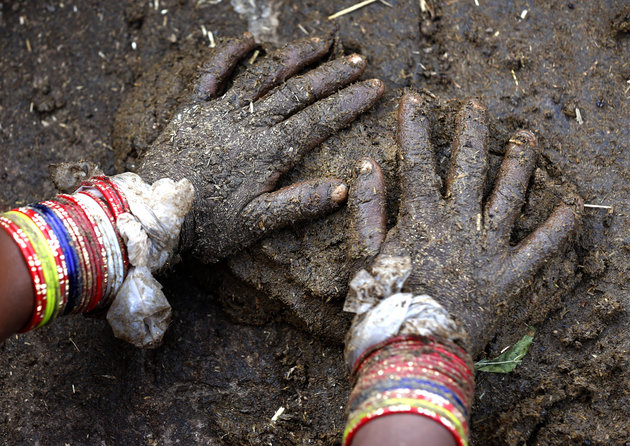
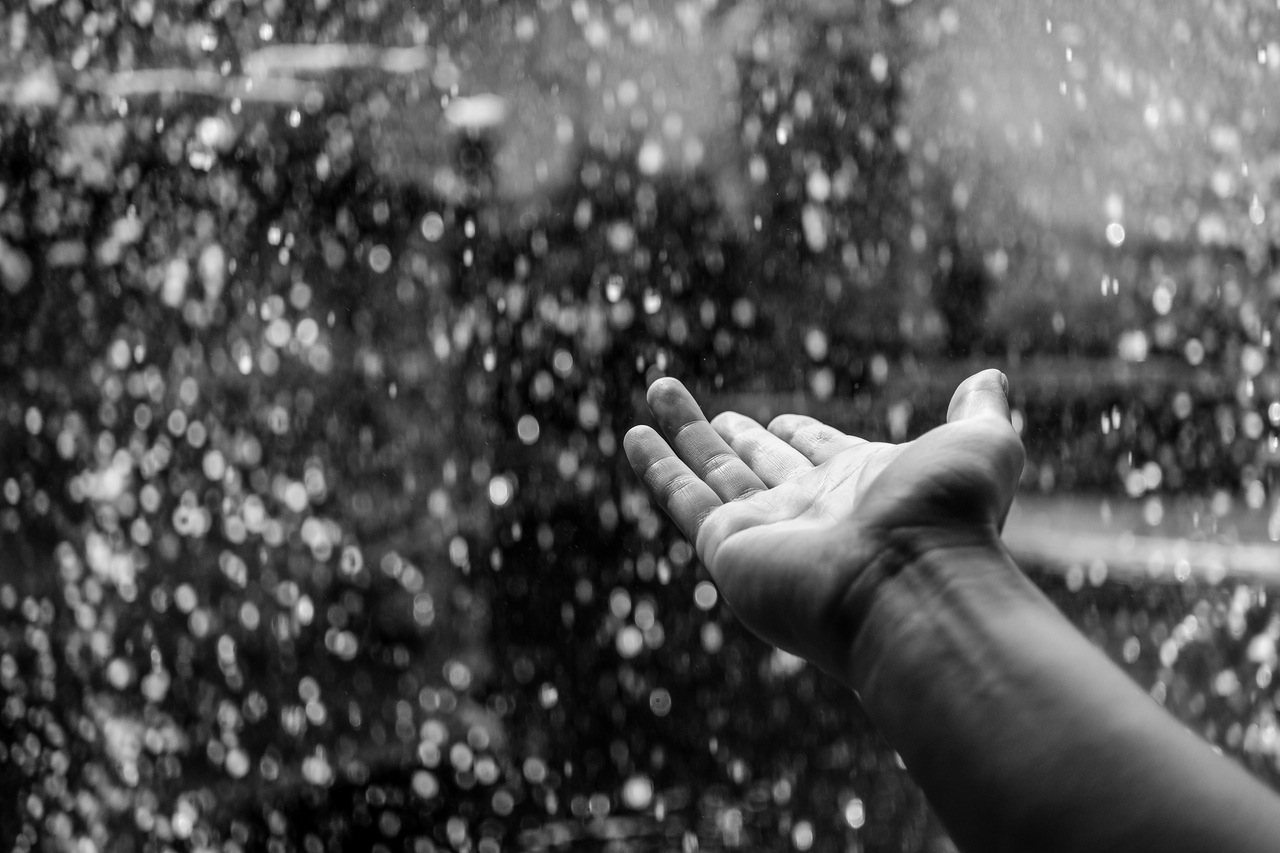
Get In Touch
Contact us today for dependable solutions to all your plumbing and electrical needs.